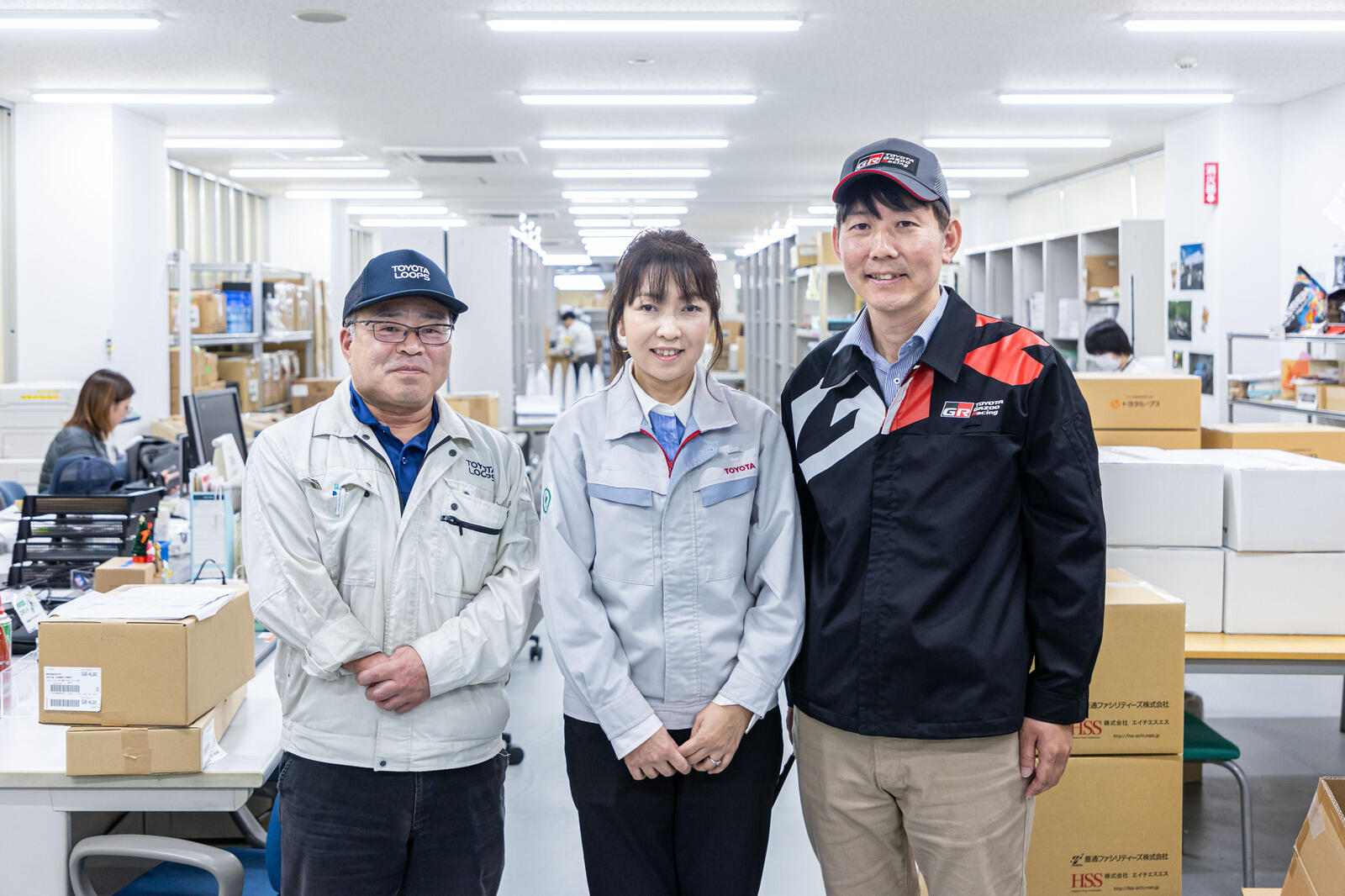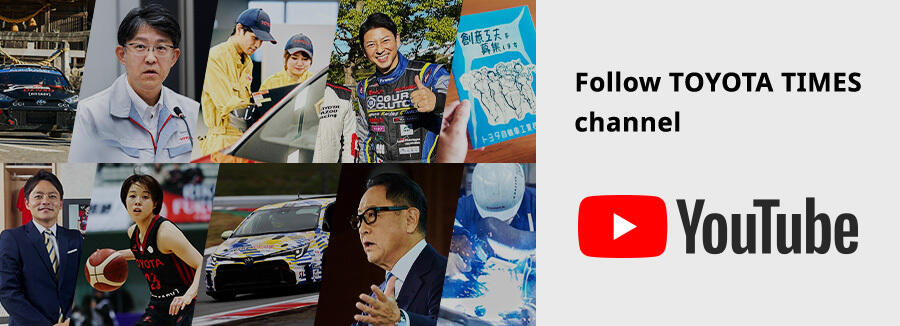
Toyota's Motomachi Plant is embracing an age of diversity by fostering diverse talent. Not satisfied with merely adapting, the plant has set out to be a driver of change.

Responding to change
President Akio Toyoda (June 2021)
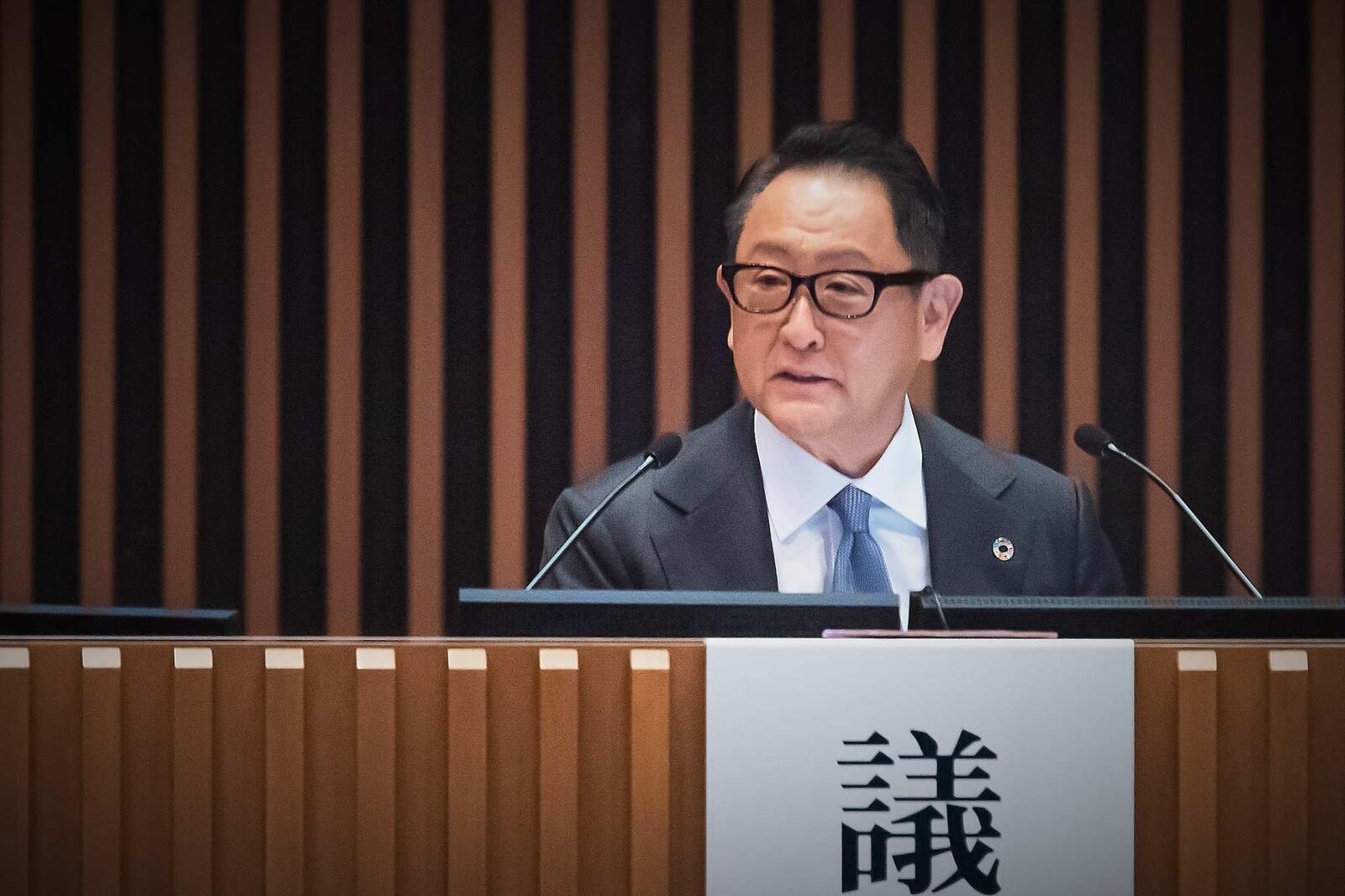
As an automobile company, we have long been manufacturing industrial products. I believe that the needed characteristic of our talented workforce for that has been uniformity. That’s because it is important to produce different products with the same quality regardless of who is working on them.
However, from now on, the needs of customers and society will become more diverse, and mobility will be required to have attractive performance in terms of both hardware and software.
Under such circumstances, I feel that it is becoming more important to have human resources with diverse values and abilities. I also believe that such a diverse and talented workforce will be the driving force behind innovation.
Speaking at Toyota’s General Shareholders' Meeting in June 2021, this is how then-President Toyoda acknowledged the need to develop personnel for a new era.
Nurturing human resources with diverse values and abilities also aligns with the challenges faced by the Motomachi Plant, as it tackles high-mix, low-volume production and low-volume specialty manufacturing.
As a plant that has been shaped by changing times, Motomachi is now striving to be a driver of change. Here, we look at how the Motomachi Plant’s history, which we traced in our previous article (link), has paved the way for its current evolution.A human-centered multi-pathway approach
One of the Motomachi Plant’s guiding principles is a “human-centered multi-pathway approach.” General Manager Yoshihisa Miyabe explains the emphasis on “human-centered.”
Plant General Manager Yoshihisa Miyabe
For us, a multi-pathway approach is not simply about cars with different types of powertrains.
In addition to diverse vehicles, including flagship models that represent the brand and sports cars honed on the racetrack, we also have diverse manufacturing methods, from small workshops to mass production, various ways of transporting parts and cars, and most importantly, the fact that our carmaking is done by people with wide-ranging backgrounds, skills, and nationalities.
Within our daily choices and decisions, each of our genba teams considers how they can contribute to this broad multi-pathway vision and puts that into action within their work.
We believe in the “human-centered” values of engaging in diverse work and showing consideration for our diverse colleagues.
One example of how the genba embodies this mentality is the plant’s restoration projects, which we have previously showcased on Toyota Times. So far, they have refurbished a classic Publica, Crown, and Celica.

These activities bring together volunteers from various departments. Kimihiko Tsuchida, general manager of the Global Production Center’s GINOU Support Department, outlines the underlying purpose.
Kimihiko Tsuchida, General Manager, GINOU Support Department, Global Production Center
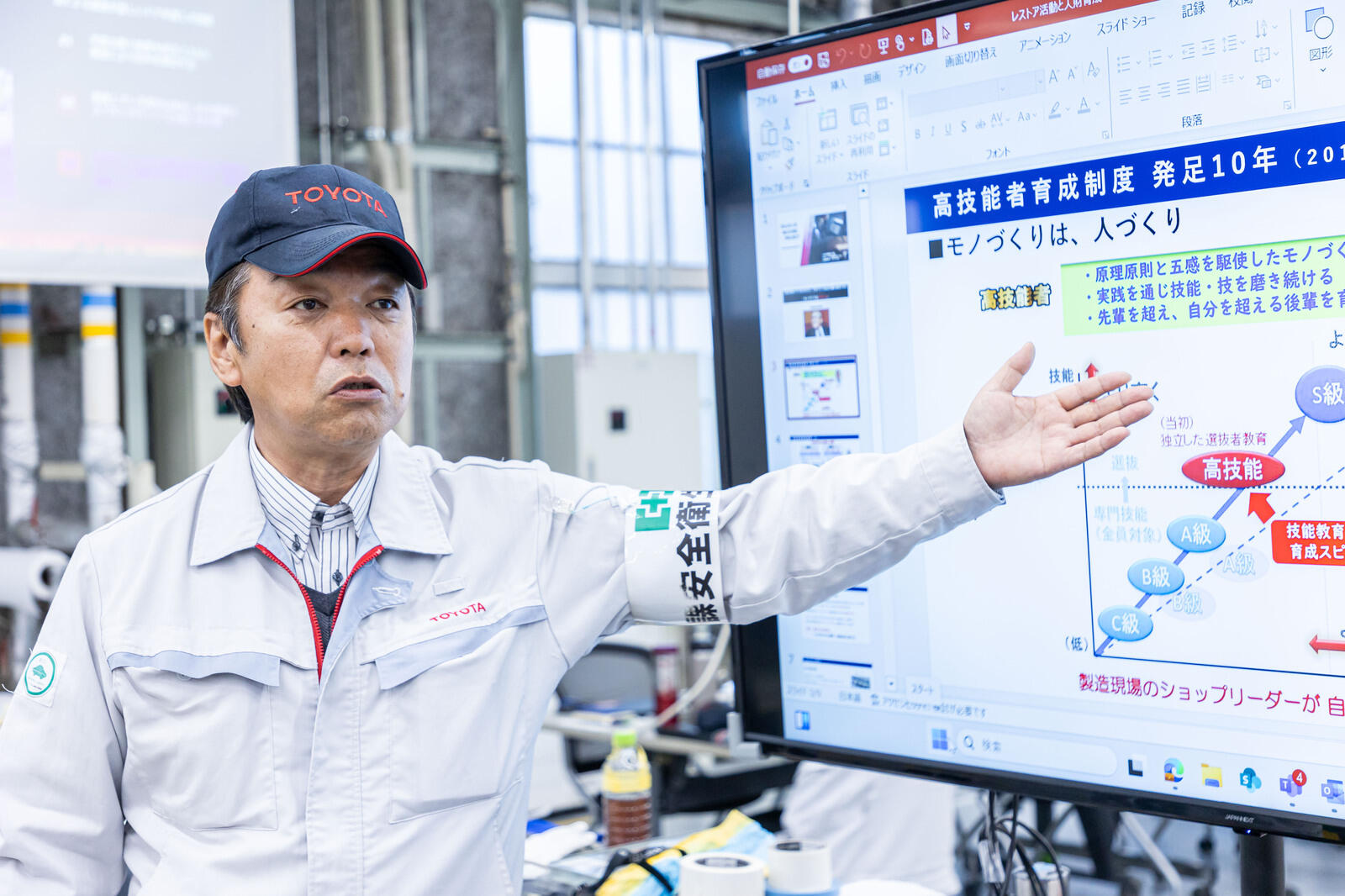
To learn the skills and expertise of a time when, despite not having access to good machinery and materials, Toyota was able to mass-produce cars with consistent quality. By strengthening people’s ability to handle situations they have never experienced, the process nurtures personnel that can take on the future of carmaking.
Given that it is people who make things, the work has to start there. Monozukuri is about developing people. That is the foundation of our activities.In restoring old cars, Motomachi is fostering the personnel to support new forms of carmaking. As the saying goes, if you want to know the future, look to the past.
The restoration projects are aimed at qualified “highly skilled technicians” in the assistant manager or group leader class. At that level, employees have few opportunities to learn from others and must therefore remain driven to educate themselves. These initiatives give such individuals a platform to keep aiming higher.
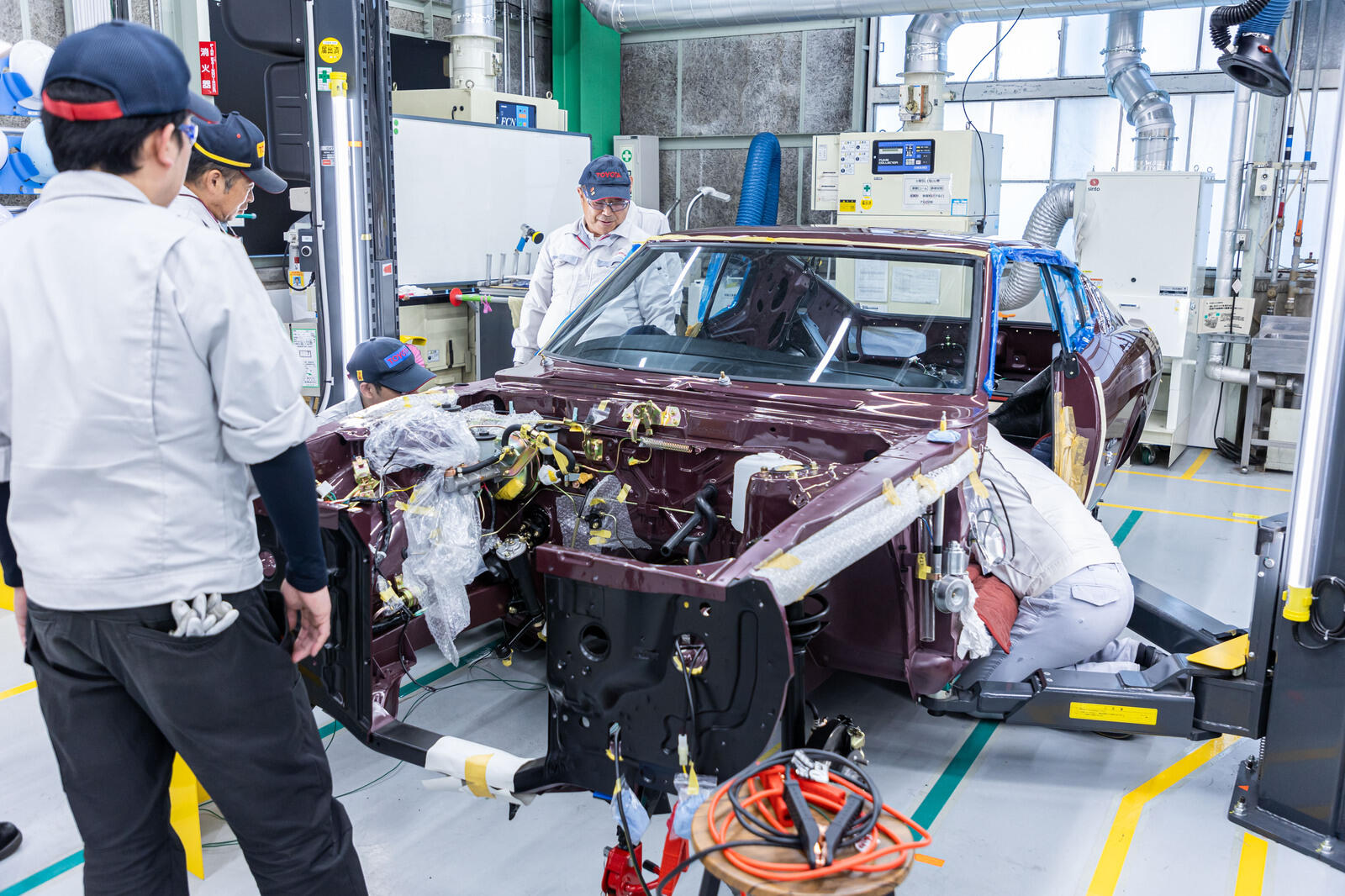
In a typical workplace, employees in technical roles continue to hone their skills and rise through the ranks within their assigned section or group, be it painting, machinery, or assembly.
Restoration, on the other hand, involves working on an entire vehicle without being bound to any particular skills.
Dealing with unusable broken parts that are no longer in production is all part of the day’s work.
In such cases, project members visit parts manufacturers and glean knowledge that allows them to make the components for themselves.
With the support of suppliers, they are able to master a wider range of skills than would be possible within just Toyota.
Also, as they go through this process, employees will hopefully gain an appreciation for the individual parts that make up a vehicle, as well as a lasting sense of gratitude for all of the suppliers that sustain Toyota.
Daiki Kawaoka, Restoration Team Leader, GINOU Support Department, Global Production Center
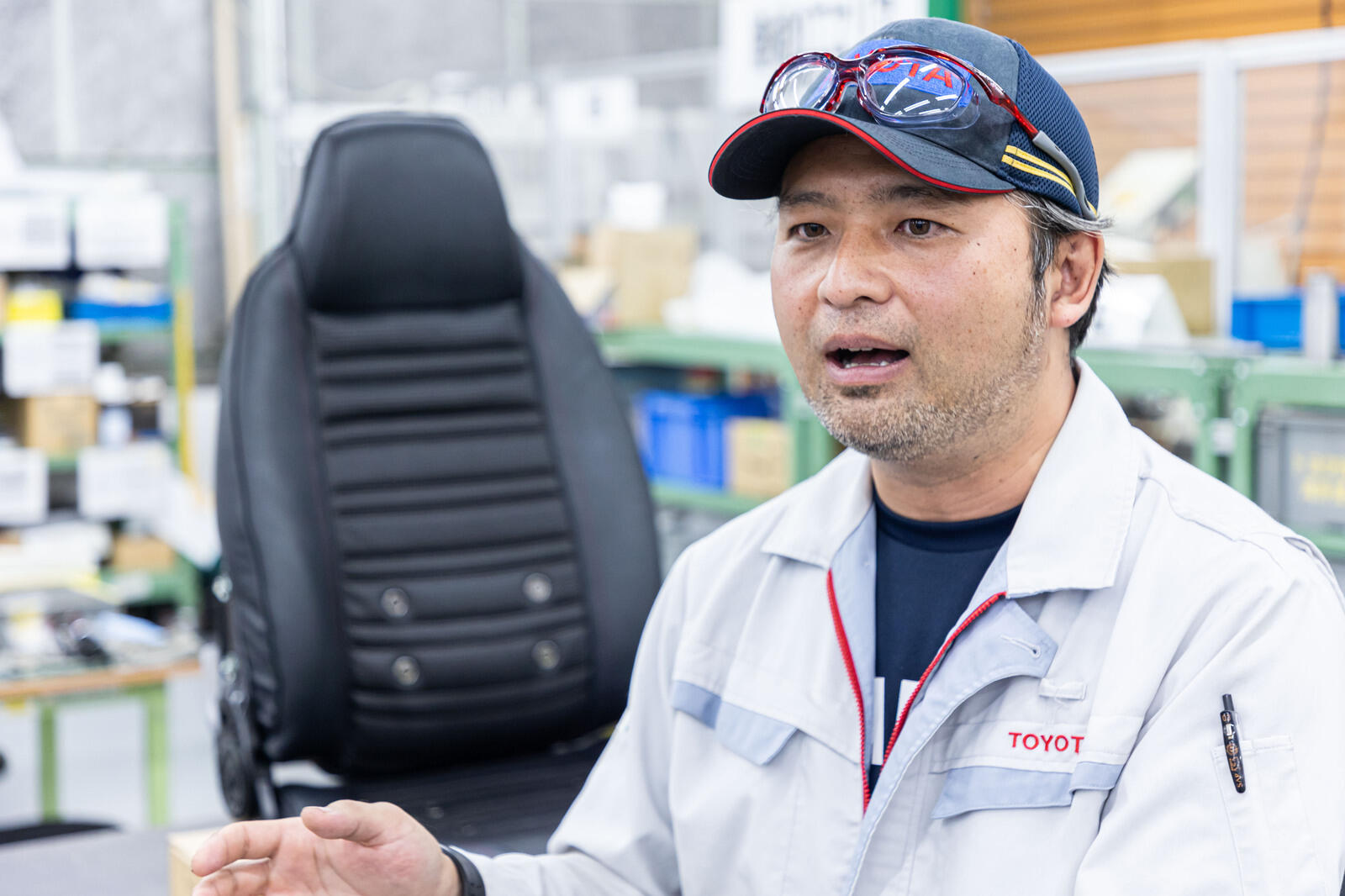
Our restoration work brings together people from various departments and professions, and extends out to involve our suppliers. When members return to their regular workplaces, they continue to seek advice from colleagues they met through the project. In this way, it not only boosts individual skills, but also helps form connections.
There are also other spaces that bring together diverse groups of people. Among them is Toyota Loops, a special-purpose subsidiary* that has 17 employees working at the Motomachi Plant.
*A subsidiary established specifically to promote better employment options and stability for people with disabilities.
Although its offices are located near Toyota’s headquarters, since March 2024, the company has also posted employees to the Motomachi Plant, seeking to develop carmaking job opportunities for people with disabilities.
In addition to the support tasks carried out at the head office site, such as labeling internal mail, Toyota Loops employees at Motomachi are also engaged in manufacturing-related duties, such as distributing food to line workers and preparing parts.
On the day we visited, they were also organizing GR-related goods, which were sold at the recent Rally Japan event.

In collaboration with the plant, Loops employees also handle loaning and cleaning duties for the uniforms worn by GR Factory personnel, which were updated in January.
Project Manager Tomohiro Hase sees great potential synergies in teaming up with Toyota Loops.
Tomohiro Hase, Project Manager
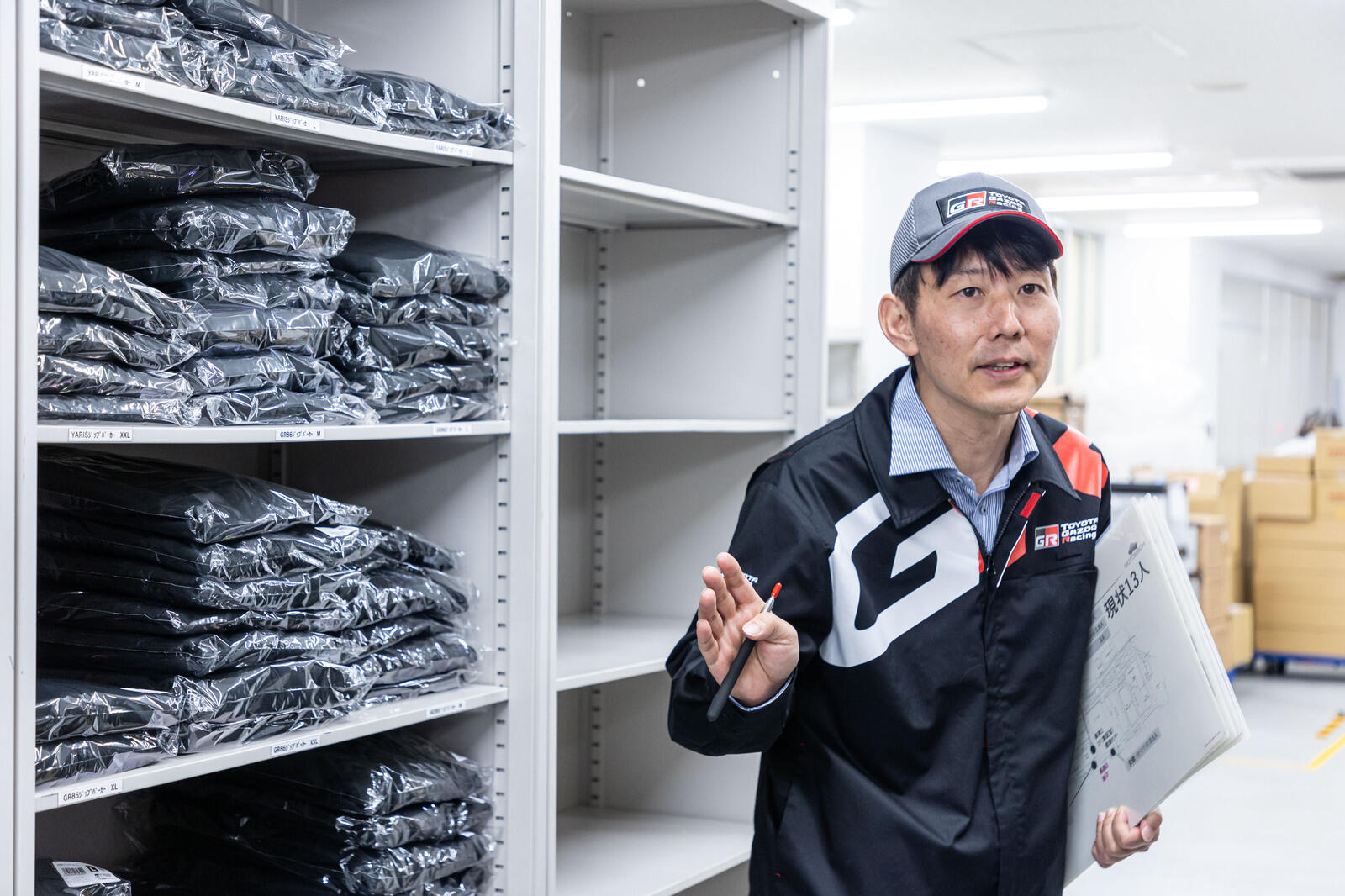
I feel that Loops already takes care of many tasks behind the scenes, including printing and binding documents, and distributing internal mail.
At the same time, I think that many plant employees still lack an understanding of people with disabilities and are not sure how to engage with them.
By first promoting a deeper understanding in our workplace, I hope we can further expand opportunities to create a genuine win-win-win relationship between Loops, the Motomachi Plant, and Toyota.
Mika Toyokawa, assistant manager of HR for Cross Functional Group at the Human Resources Department, also commented on the importance of the Toyota Loops collaboration.
Mika Toyokawa, Assistant Manager, HR for Cross Functional Group, Production Group Human Resources Department
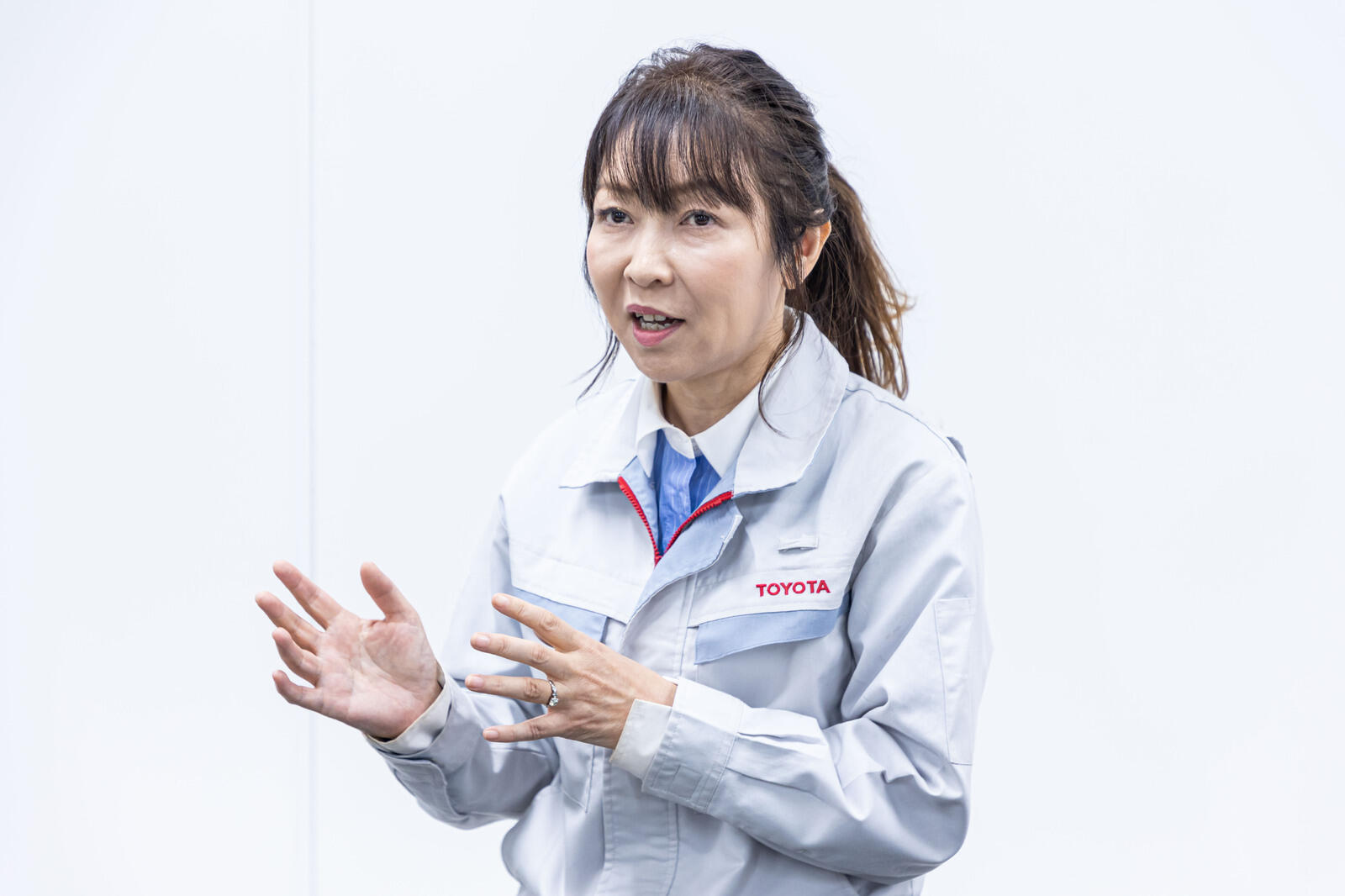
As part of our efforts to promote diversity and enable everyone to flourish (a key topic at the 2022 labor-management discussions), I felt that working with Loops was the best way to learn about diversity.
It offers many lessons every day. For example, the fact that each person has their own strengths means we need to consider roles that fully utilize them and explore what kind of environments or accommodations are necessary.
With everyone working together, collaboration is a way to embed diversity into our workplace.
Ryuji Miyamoto of the Toyota Loops’ Manufacturing Division, shared his perspective as someone familiar with the company’s employees.
Ryuji Miyamoto of the Toyota Loops’ Manufacturing Division
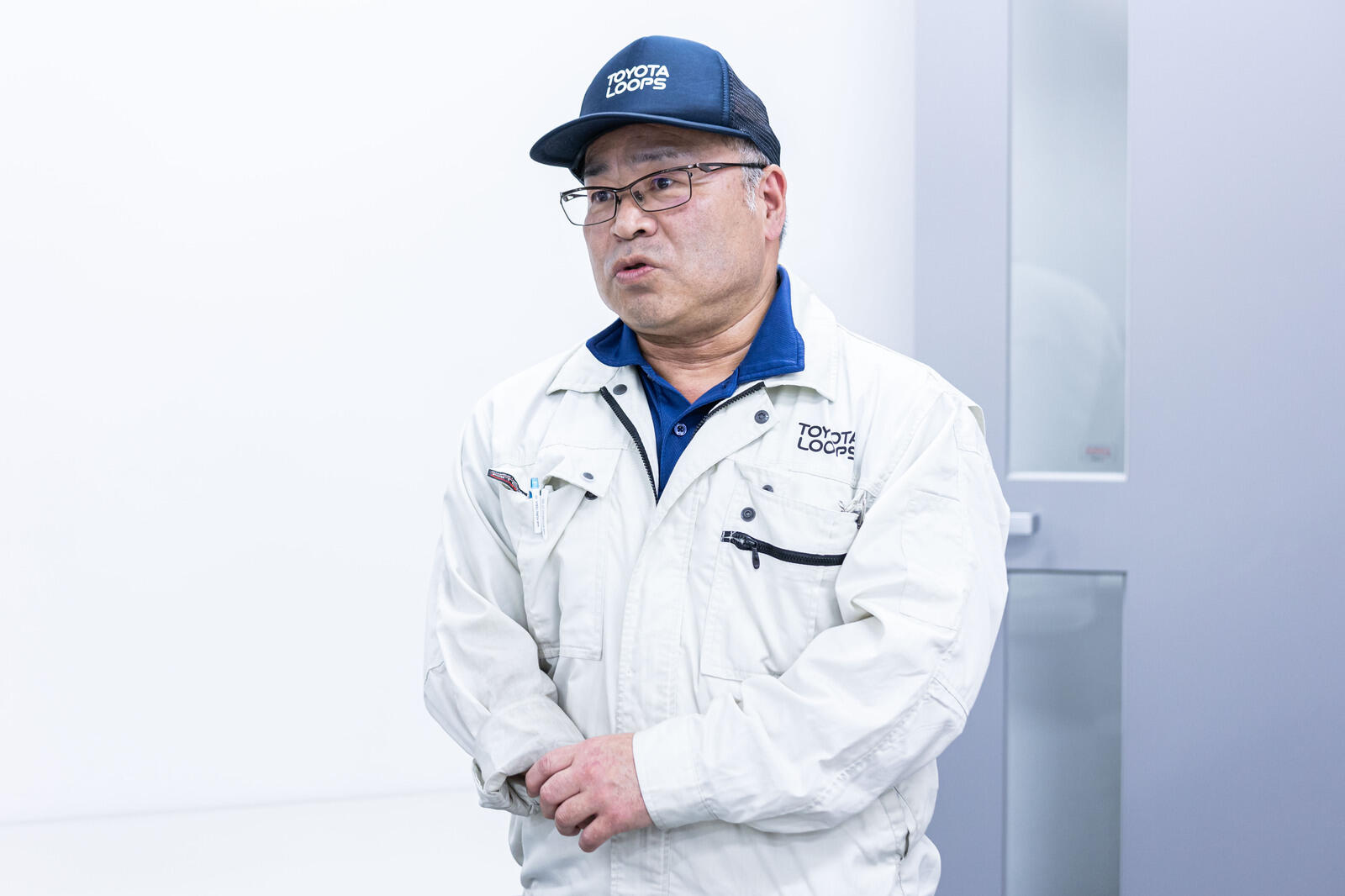
Toyota Loops has many diligent and dedicated workers.
By making the most of their abilities, we can provide support that enables Toyota to work more efficiently, while also increasing employment opportunities across a wide range of tasks.
We hope to open up roles that have value and take us toward a mutually beneficial future.
Genba staff are helping each other to make ever-better cars, regardless of disability.
To realize that vision at Motomachi, the plant is currently creating opportunities for assistant managers to observe the worksites of Toyota Loops employees and consider how they might be able to contribute within their own departments.
Moving forward, the plant plans to promote understanding among other staff as well.
